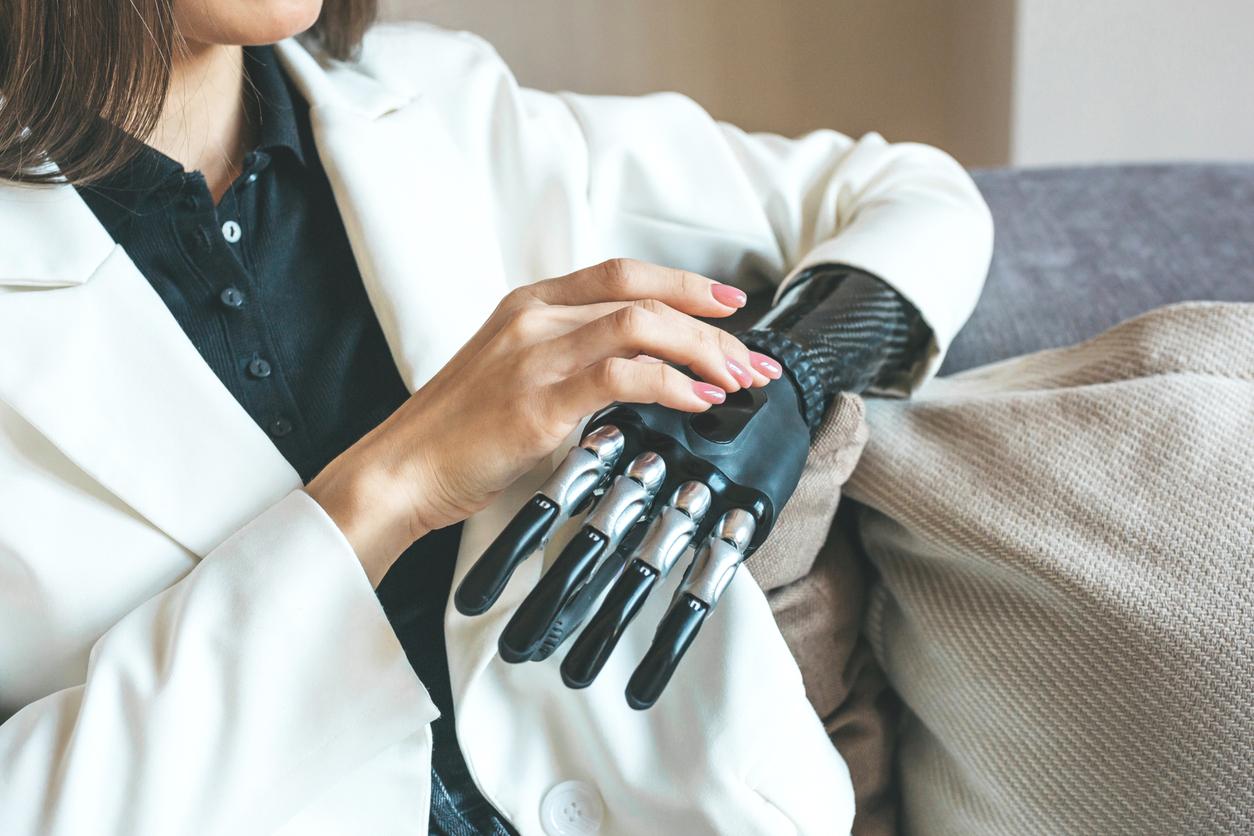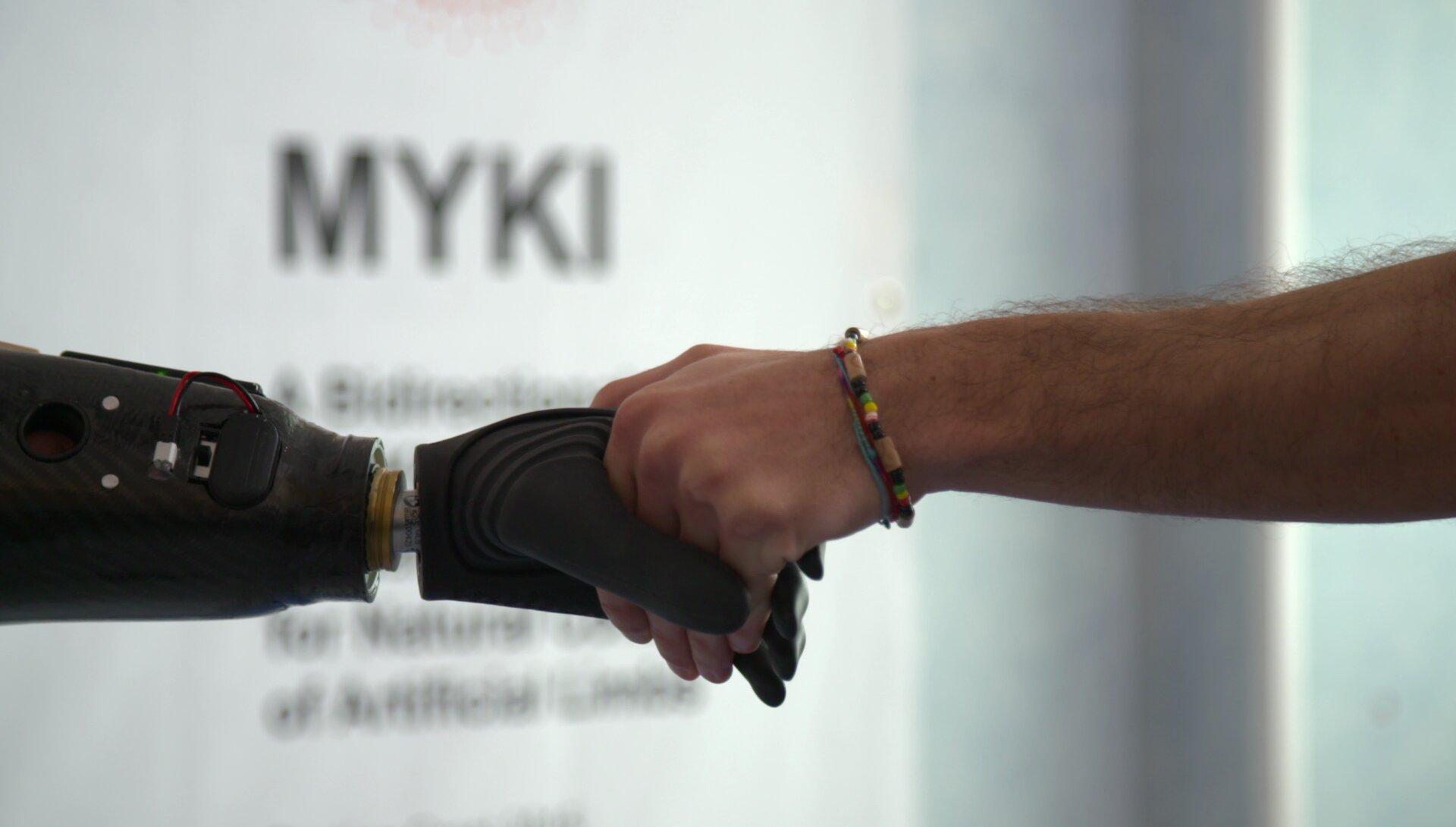Thanks to a sensory sensor integrated into prostheses, patients who have lost a hand are able to feel the temperature of everything they touch.

- Swiss researchers have developed a sensory sensor that transmits the sensation of hot and cold to amputees.
- This device, which must be integrated into a prosthesis, detects thermal information on the affected object, more precisely its thermal conductivity.
- 17 adults with limb loss reported feeling hot or cold in their phantom limb after touching an ice-cold glass of water.
In Switzerland, scientists at the Federal Polytechnic School of Lausanne (EPFL) have developed a technology allowing adult amputees to regain the sensation of hot and cold in their phantom limb. This device, called “MiniTouch”, consists of a sensory sensor which must be integrated into a prosthesis, for example on the prosthetic finger of a person who has lost a limb. The sensor detects thermal information about the touched object, specifically its thermal conductivity. If the object is metallic, it will conduct more heat or cold than, for example, a plastic object.
“Feeling the temperature is essential for relaying information”
A thermode (a probe measuring the thermal sensitivity of an organism) is in contact with the patient’s stump. It heats or cools, relaying the temperature profile of the object touched by the sensor. “Feeling the temperature is essential to relay information that goes beyond touch, it leads to affection. We are human beings and heat plays an important role in this”, explained Silvestro Micera, professor at EPFL, in a statement. “It is particularly important that the phantom thermal sensations are perceived by the patient as similar to the thermal sensations experienced by their intact hand”, explained Solaiman Shokur, scientific neuroengineer at EPFL.
More than half of amputee patients felt hot or cold
After developing this device, the researchers wanted to test it. For this, they recruited 27 amputees as part of a study published in the journal Science. A total of 17 participants reported feeling hot or cold in their phantom limb after touching an ice-cold glass of water.
Francesca Rossi, one of the volunteers, said she felt “reconnected to her missing hand”. “When I touch an object with my hand, I feel tingling in my missing hand, my phantom hand. But feeling the change in temperature is a different thing, something important… something beautiful”, said the patient. According to the authors, the use of this device which provides a thermal sensation can improve the quality of life of hand amputees.





-1730888646.jpg)











